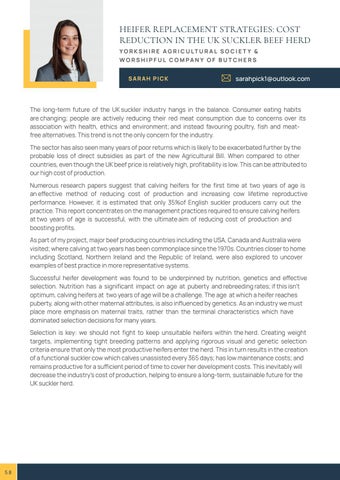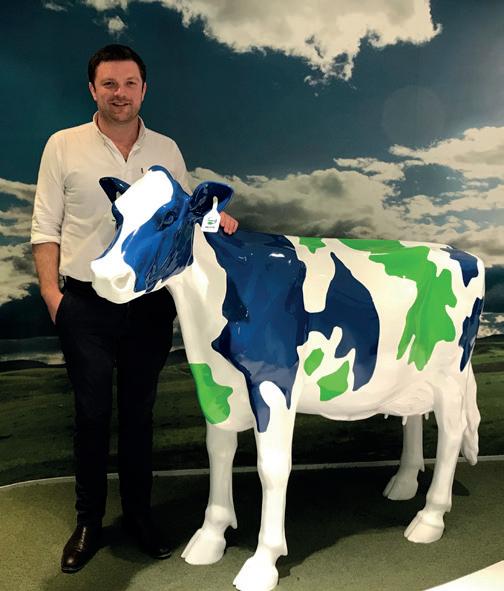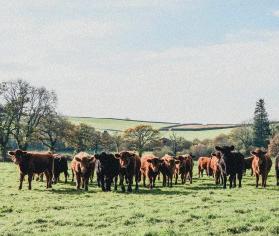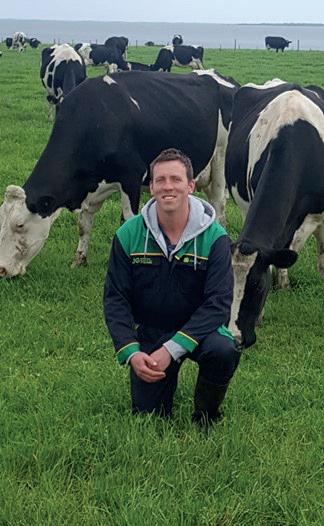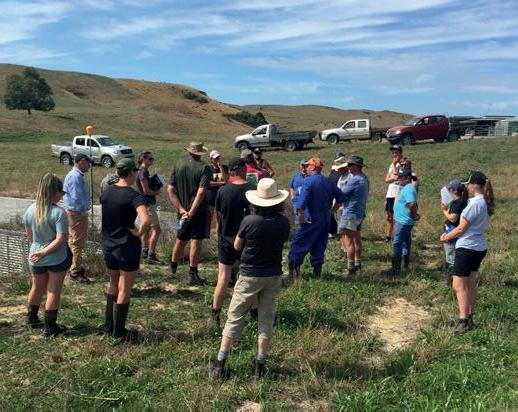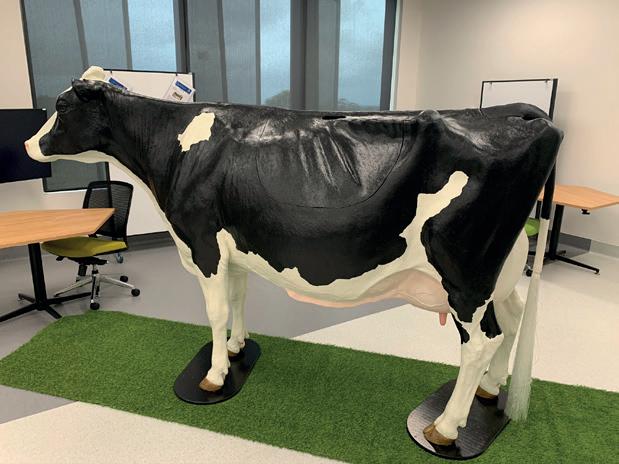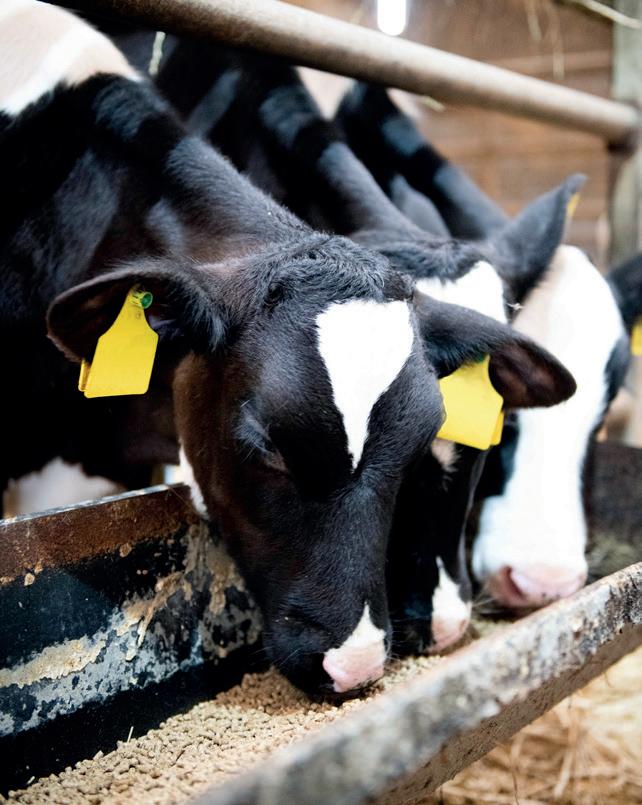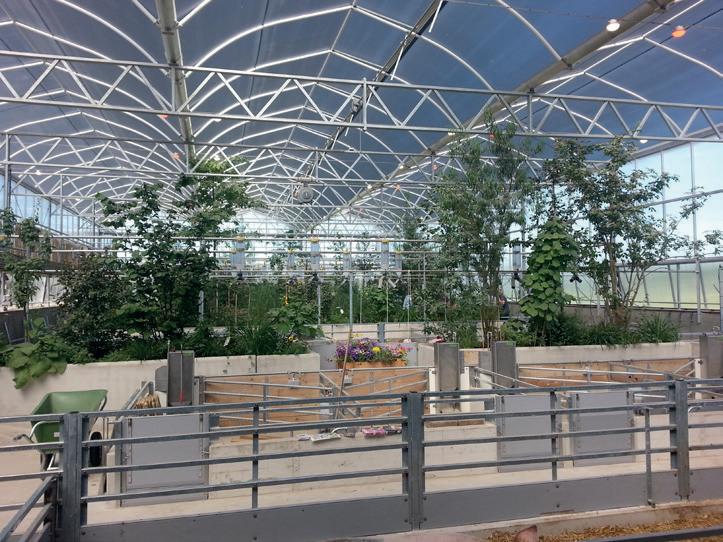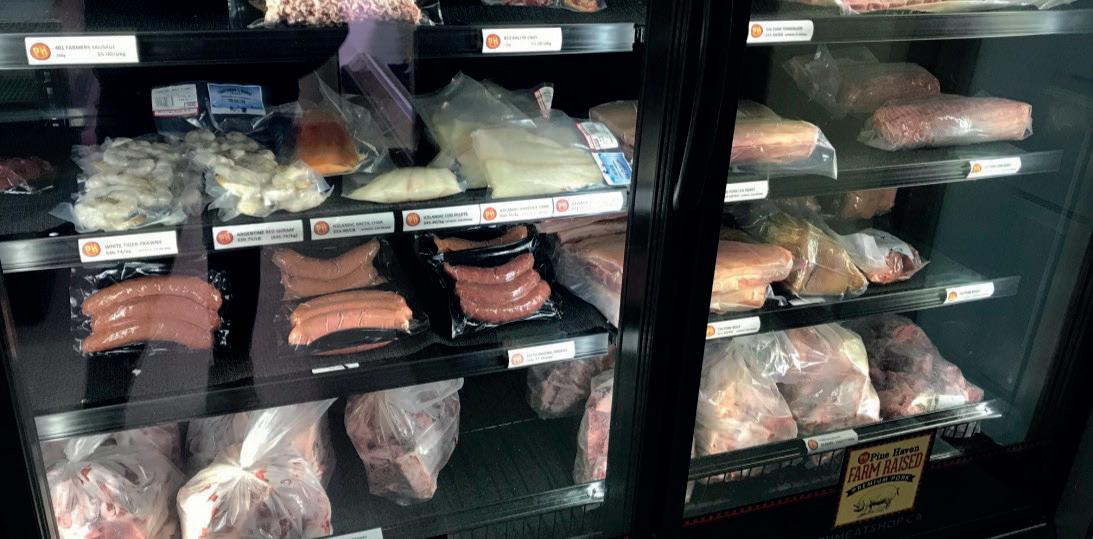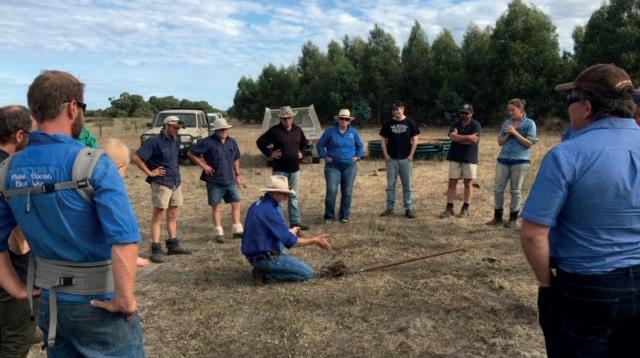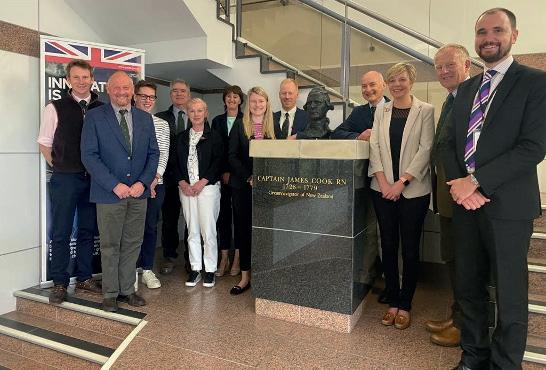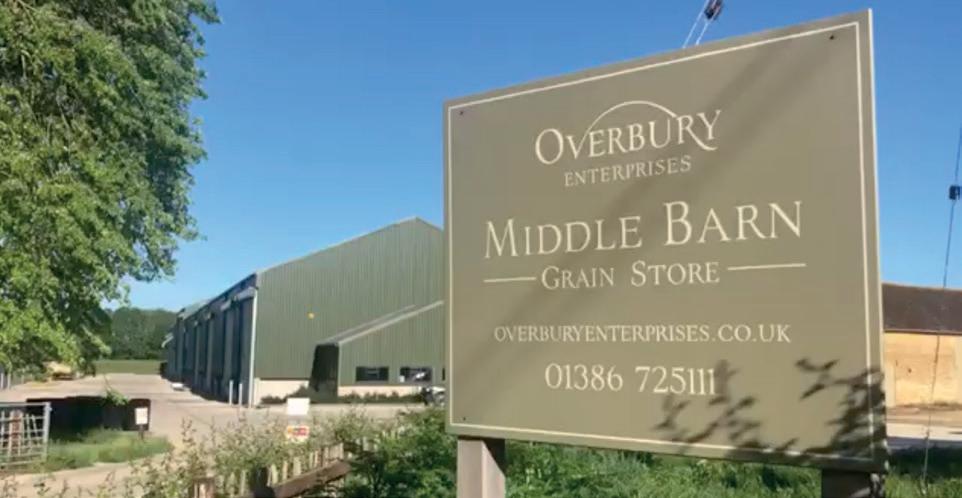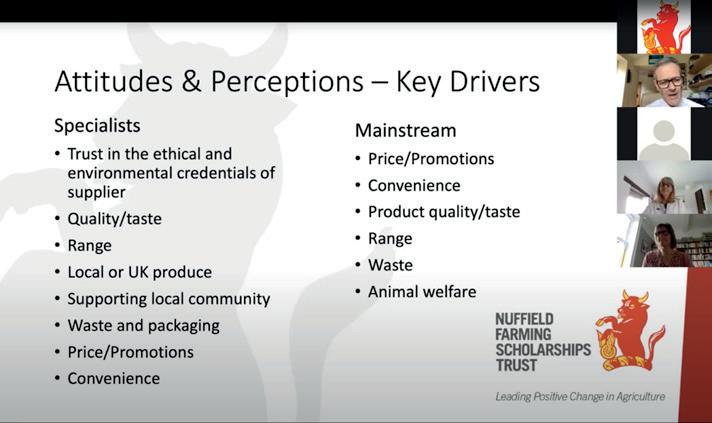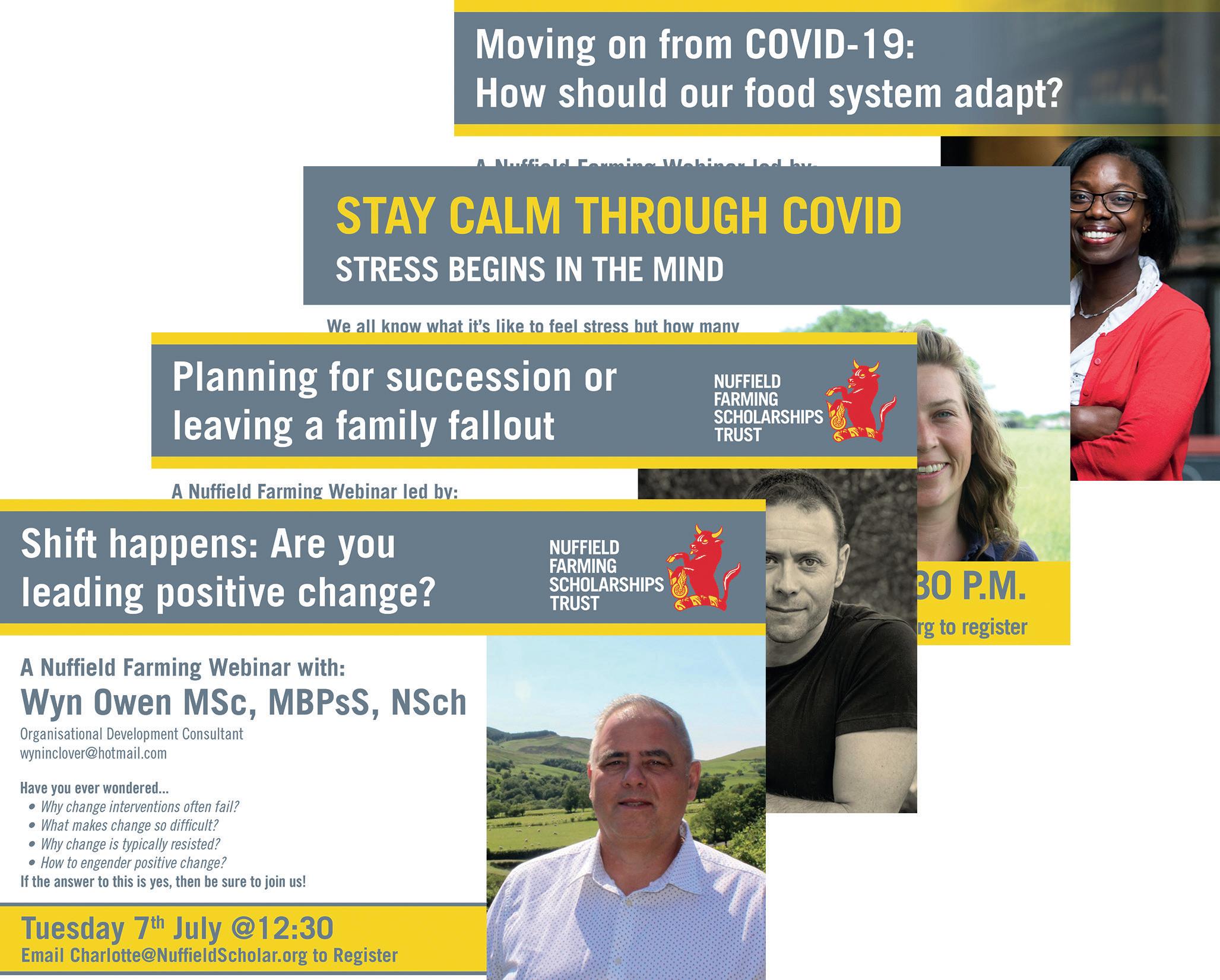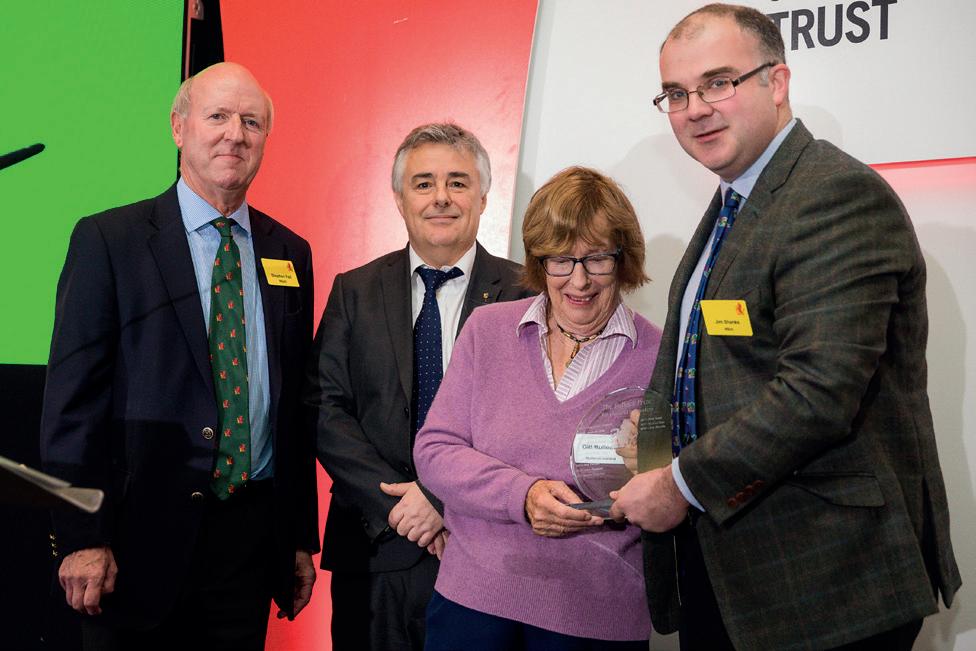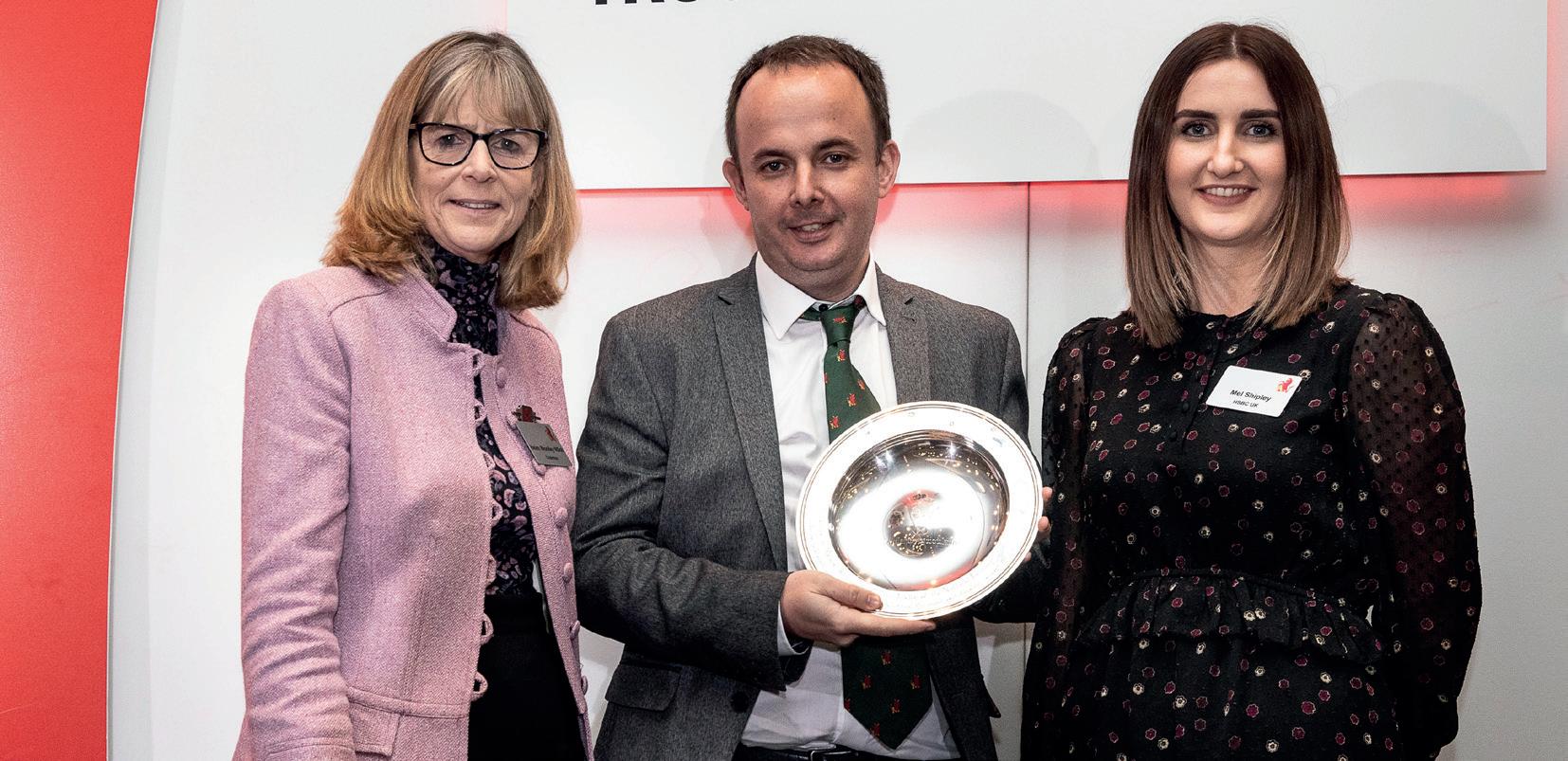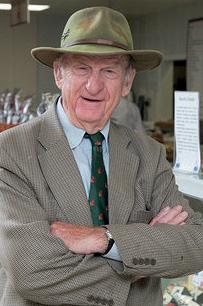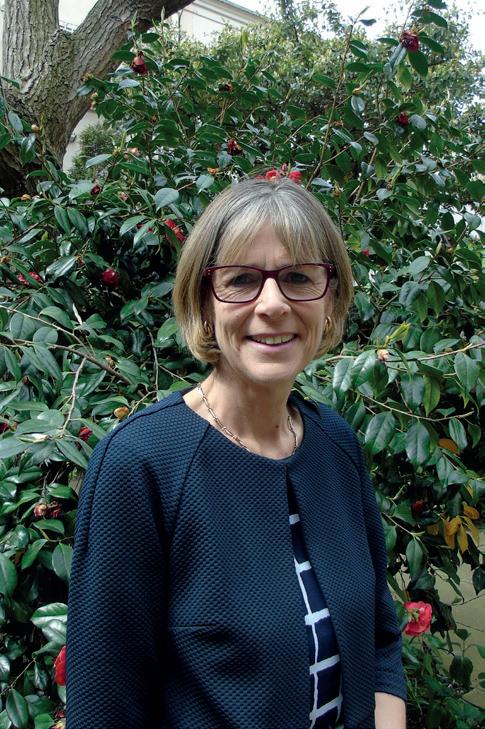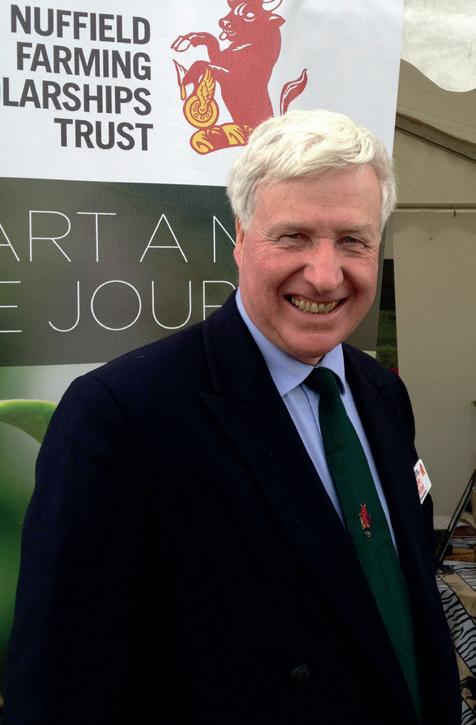HEIFER REPLACEMENT STRATEGIES: COST REDUCTION IN THE UK SUCKLER BEEF HERD Y O R K S H I R E A G R I C U LT U R A L S O C I E T Y & WO R S H I P F U L C O M PA N Y O F B U T C H E R S SARAH PICK
sarahpick1@outlook.com
The long-term future of the UK suckler industry hangs in the balance. Consumer eating habits are changing; people are actively reducing their red meat consumption due to concerns over its association with health, ethics and environment; and instead favouring poultry, fish and meatfree alternatives. This trend is not the only concern for the industry. The sector has also seen many years of poor returns which is likely to be exacerbated further by the probable loss of direct subsidies as part of the new Agricultural Bill. When compared to other countries, even though the UK beef price is relatively high, profitability is low. This can be attributed to our high cost of production. Numerous research papers suggest that calving heifers for the first time at two years of age is an effective method of reducing cost of production and increasing cow lifetime reproductive performance. However, it is estimated that only 35%of English suckler producers carry out the practice. This report concentrates on the management practices required to ensure calving heifers at two years of age is successful, with the ultimate aim of reducing cost of production and boosting profits. As part of my project, major beef producing countries including the USA, Canada and Australia were visited; where calving at two years has been commonplace since the 1970s. Countries closer to home including Scotland, Northern Ireland and the Republic of Ireland, were also explored to uncover examples of best practice in more representative systems. Successful heifer development was found to be underpinned by nutrition, genetics and effective selection. Nutrition has a significant impact on age at puberty and rebreeding rates; if this isn’t optimum, calving heifers at two years of age will be a challenge. The age at which a heifer reaches puberty, along with other maternal attributes, is also influenced by genetics. As an industry we must place more emphasis on maternal traits, rather than the terminal characteristics which have dominated selection decisions for many years. Selection is key: we should not fight to keep unsuitable heifers within the herd. Creating weight targets, implementing tight breeding patterns and applying rigorous visual and genetic selection criteria ensure that only the most productive heifers enter the herd. This in turn results in the creation of a functional suckler cow which calves unassisted every 365 days; has low maintenance costs; and remains productive for a sufficient period of time to cover her development costs. This inevitably will decrease the industry’s cost of production, helping to ensure a long-term, sustainable future for the UK suckler herd.
58
